Use the filters on the right to search for applications in specific science fields or DEEP projects.
Find out which HPC applications benefit from the DEEP projects platforms and how.
Real-world HPC applications from both academia and industry play an important role in the DEEP projects. The ultimate goal is to develop a novel HPC platform that is inspired by the requirements of and most beneficial for a wide range of users.
For this reason, the applications that have been part of the projects from the beginning, have been chosen to reflect such a broad user base. They include simulation codes from seismology to researching human exposure to electromagnetic fields.

Use the filters on the right to search for applications in specific science fields or DEEP projects.
CoreNeuron is an advanced brain simulation application used by the Swiss Federal Institute of Technology in Lausanne (EPFL).
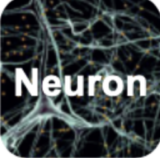
EMAC is used by the Cyprus Institute (CYI). It consists of two coupled models. The atmospheric model represents pressures, currents, temperatures and related magnitudes of Earth’s atmosphere. Coupled to this base model, a chemical simulation package analyses fine grain interactions between chemical elements.

Nek5000 is a highly scalable open source code for the simulation of incompressible flows in moderately complex geometries.

NextDBSCAN performs approximate and non-approximate density based clustering. NextSVM trains Support Vector Machine (SVM) models. Deep Learning consists of a Tensorflow/Keras script that uses Horovod to speed up the distributed communication between the nodes.

The Terrestrial Systems Modelling Platform (TSMP) is a fully coupled, massive parallel regional Earth system model, used in many setups to simulate complex interactions and feedbacks between the different compartments of the geo-ecosystem.
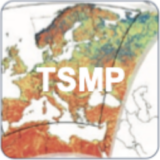
Full Waveform Inversion is a technique that allows to probe the physical properties of a subsurface area with high spatial resolution using seismic data.

The Compact Muon Solenoid (CMS) is one of the four large experiments hosted by the Large Hadron Collider (LHC) at CERN that detects and records proton-proton collisions. In order to reconstruct the recorded collision events, the CMS experiment employs CMSSW, a custom data processing framework, which contains O(1000) different algorithms that are running concurrently.

The TurboRVB package developed at SISSA allows to study realistic materials with massively parallel simulations.

GERShWIN (discontinuous GalERkin Solver for microWave INteraction with biological tissues) is a simulation software that has been developed to model the propagation of electromagnetic fields in living tissues
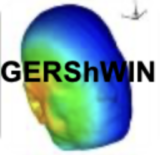
Lattice QCD (Quantum Chromodynamics) studies the fundamental theory of the strong interactions numerically and has been at the forefront of HPC since the 1980s.

GROMACS is one of the most widely used open-source and free software codes in chemistry, used primarily for dynamical simulations of biomolecules.

NEST is a widely used, publicly available simulation software for spiking neural network models, scaling up to the full size of Petascale computers.
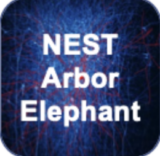
PATMOS is a neutron Monte-Carlo transport code developed at CEA. It prototypes the next generation of applications used for nuclear safety and radiation shielding.

The correlator is an application, that combines telescope data in real time. The imager is an application, that transforms calibrated correlations into a sky image.

The research field aims at understanding the physical processes of large scale geological incidents (e.g. earthquakes) and their secondary effects (e.g. tsunamis).
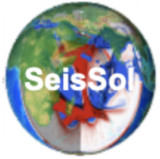
Two implementations of reverse time migrations are deployed: the Barcelona Subsurface Imaging Tools (BSIT) based on MPI and OpenMP (or CUDA), and the Fraunhofer Reverse Time Migration (FRTM) based on GASPI and GPI-Space.

The particle-in-cell code xPic studies the effects of solar plasma on the environment of solar system planets.

The Integrated Forecasting System (IFS) application software is a state-of-the-art global weather prediction suite developed at ECMWF on behalf of its member states.

